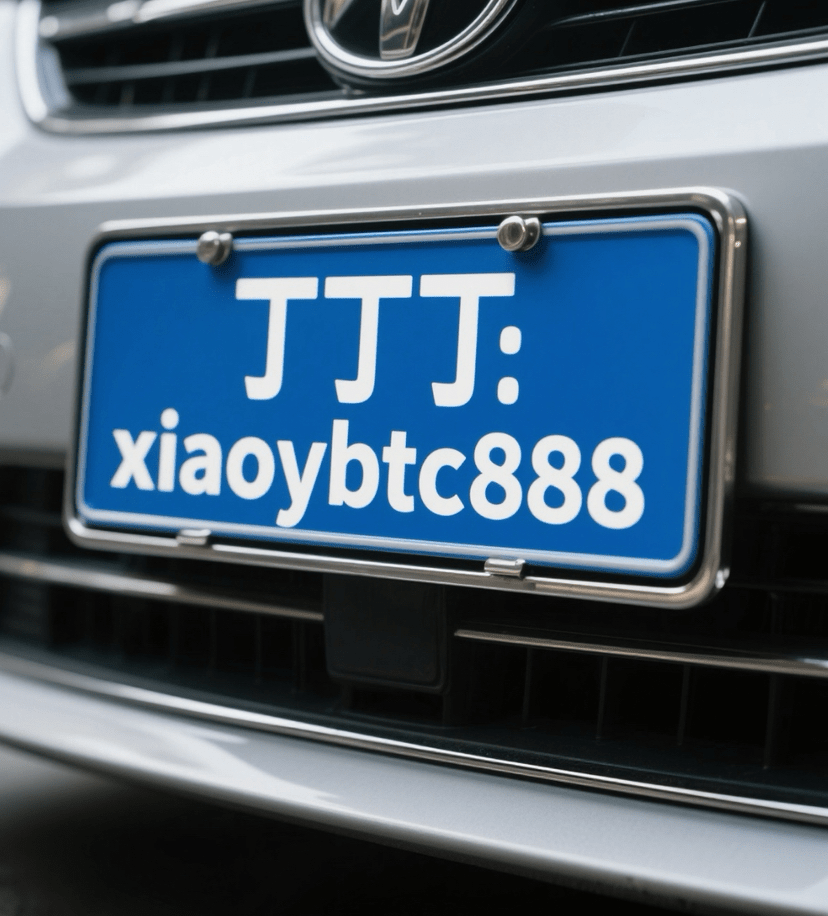Today, I want to talk to everyone about the easy pitfalls in contract trading.
Recently, a fan messaged me saying that they clearly predicted the market direction, but after holding their position for four days, they were charged 1000U in funding fees and ultimately faced liquidation. To make matters worse, the market shot up right after they closed their position...
This is a classic case of not understanding the rules; the problem isn't in market judgment.
Many people only focus on price fluctuations, but have you truly understood the real rules of this contract trading?
I'll analyze some common pitfalls for everyone; avoiding these could make your contract trading much steadier.
The first pitfall: funding fees can unknowingly drain your wallet.
Many people focus solely on the K-line when trading contracts and completely overlook the quietly accumulating funding fees. Funding fees are charged every 8 hours, and the platform collects them based on the direction of your long and short positions.
When the rate is positive, longs have to pay shorts; when the rate is negative, shorts have to pay longs.
It's like this: you go all in on a long position, the direction is right, but you hold on too long, resulting in a few hundred U in funding fees over two days, and ultimately, you can't hold on any longer and face liquidation. The next day, the market rises, which would frustrate anyone.
Advice to avoid pitfalls:
Avoid those high fee periods, such as when two consecutive funding fee rounds exceed 0.1%;
Control your holding time; it's best not to exceed 8 hours.
If the direction is very clear, try to take the side that can collect contrary funding fees.
The second pitfall: the liquidation price is not the line you calculated.
Many friends think that with 10x leverage, they will only be liquidated after a 10% drop, but then find that after just a 5% drop, the platform has already liquidated their position.
Why does this happen?
Because the platform adds forced liquidation fees, the actual liquidation line is much closer than you calculated.
Solution:
Don't operate with a full position; use the 'isolated margin' mode to protect your overall funds.
Keep leverage between 3 to 5 times; avoid high leverage.
Leave enough margin, which can automatically extend the distance of forced liquidation.
The third pitfall: high leverage is like a slaughter knife.
Those seemingly exciting 100x leverages hide many costs you might overlook. Transaction fees and funding fees are calculated based on the 'borrowed' funds; even if your direction is right and you make a few hundred U, by the time it's settled, the transaction and funding fees may have eaten up all your profits, or you might even incur a loss.
Remember this:
High leverage is for quick in-and-out trades, while low leverage can be held a bit longer.
The higher the leverage, the greater the risk; never act impulsively.
It's not that you can't trade; it's that you don't understand the rules involved. The exchange isn't afraid of you losing money; it's afraid you see through its 'tricks.'
Want to survive in this environment and still make money? Don't just bet on market direction; you need to study the rules.
If you want to navigate the cryptocurrency space more safely, follow me, avoid these pitfalls, and you'll save yourself a lot of detours!





